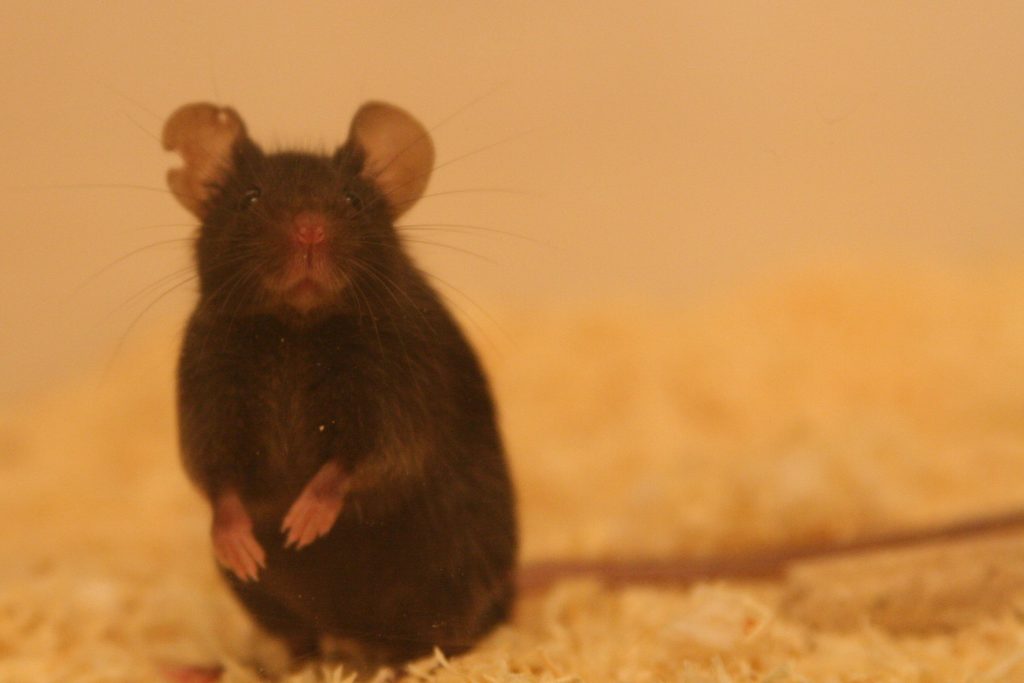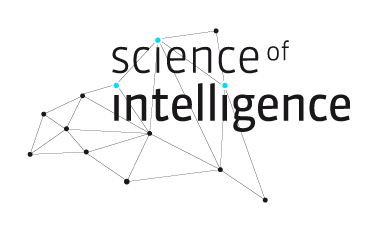
Principal Investigators:
Lars Lewejohann
Christa Thöne-Reinecke
Henning Sprekeler
Olaf Hellwich
Team Members
Katharina Hohlbaum (External collaborator)
Niek Andresen (External collaborator)
Research Unit 1
Project code: SCIOI TP 03
Are mice considered intelligent according to SCIoI’s definition?
According to the SCIoI cluster’s preliminary definition of intelligence, the behavior of an intelligent agent is 1) adaptable, 2) general, 3) cost-effective, 4) goal-directed, and it can be performed in the real world.
In order to understand whether mice are considered intelligent for the purposes of SCIoI, we will analyze mouse behavior and use the knowledge derived from the proof of concept to also compare these rodents’ (intelligent) behavior to that of other species (rats, cockatoos), as well as humans and artificial agents. The insight from these comparisons will help us understand intelligent behavior and advance in the synthetic loop of SCIoI.
We will center our experiments around what we call behavior 1, i.e. “Escaping from an escape room”. The basic experimental setup includes a home cage connected to an alley that leads to the test compartment. In the compartment the mice can receive a reward if they succeed in opening a box that can be locked by different locking mechanisms. All the mice to be tested are implanted with RFID chips. This helps us to better select which mice can participate and allows the mice to freely choose when to complete the tests without the observer’s interference. Different rewards will be used, and the box will be closed with mechanisms of varying complexity. Mouse behavior will be filmed and computer-vision implementing machine learning algorithms will help characterize and formalize the behavior. Data derived will serve as a basis for in-depth analysis.

